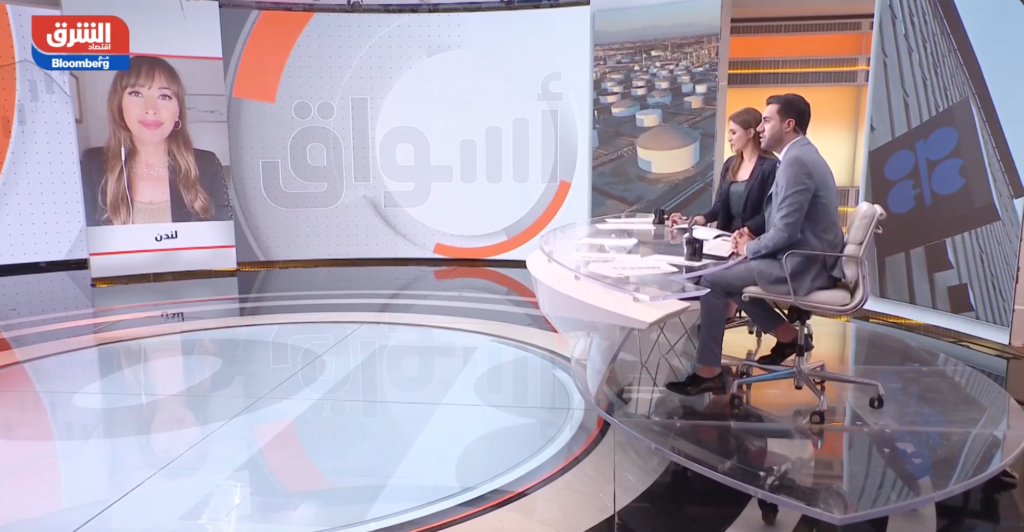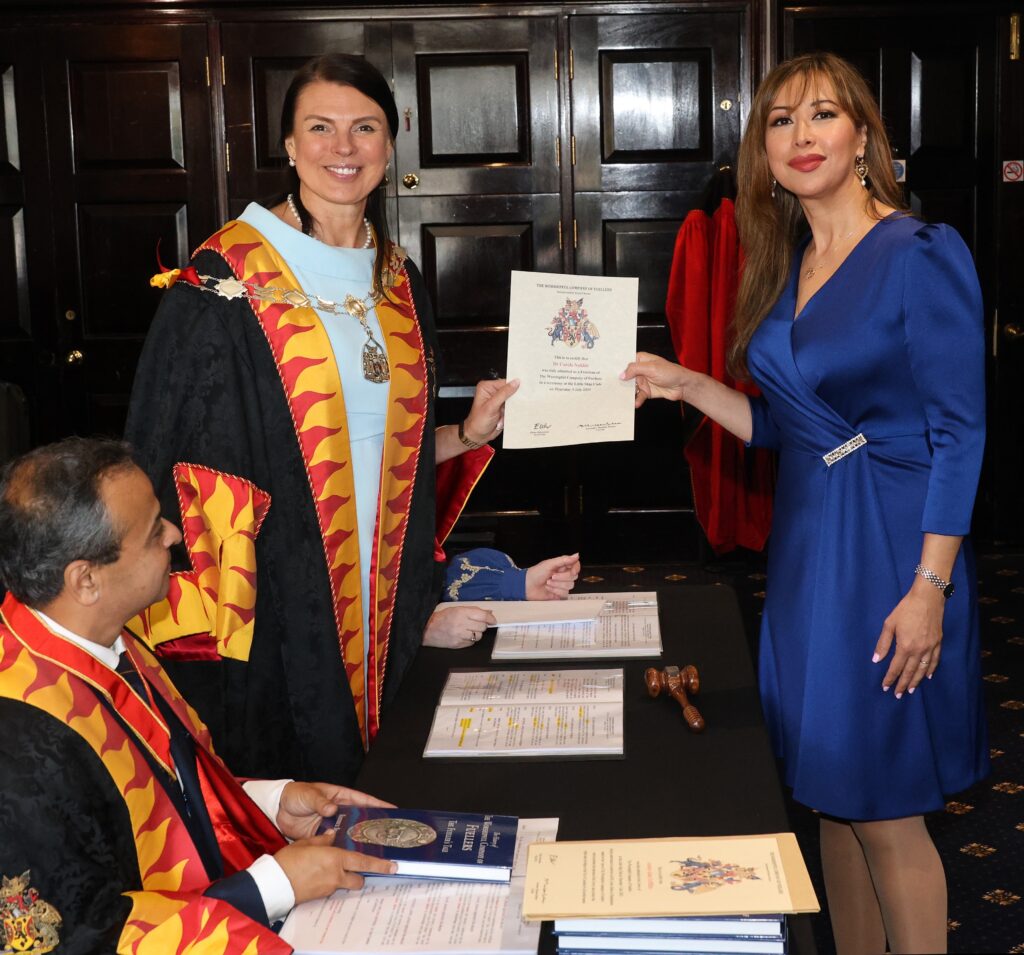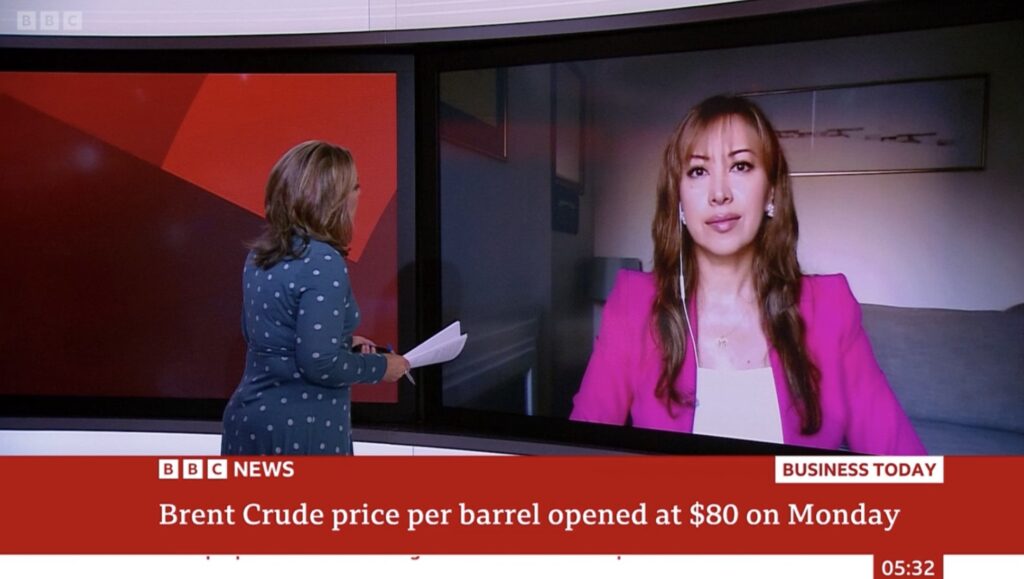In this interview given to Asharq Business Bloomberg, Dr Carole Nakhle, CEO of Crystol Energy, discusses the repercussions of the OPEC+ decision to decrease production by 2 million barrels per day.
Key takeaways:
- The oil market has been preparing for a production cut by OPEC+, especially following the Saudi energy minister’s comments a month ago.
- A cut of any volume would be effectively less as some members of the alliance are already producing below their assigned quotas.
- Russia is the second biggest oil producer in the group after Saudi Arabia. While its production has been resilient since the war in Ukraine started, the country is expected to suffer in the longer-term as sanctions take their toll on the country’s oil industry.
- The cut in production would eventually raise oil prices, thereby compensating to a certain degree for the loss of revenues resulting from less barrels sold by Russia.
- The timing of the production cut by OPEC+ would badly influence Joe Biden’s position ahead of the November mid-term 2022 elections as high oil prices and Biden’s disapproval rate are strongly correlated.
- The GCC countries, namely Kuwait, the UAE and Saudi Arabia, will be the major contributors to the decrease in oil production since they are the countries that have been meeting their allocated quotas.
Related Comments
“OPEC+ mulls largest output cut since 2020“, Dr Carole Nakhle, Oct 2022
“Oil prices and the US dollar“, Dr Carole Nakhle, Sep 2022









